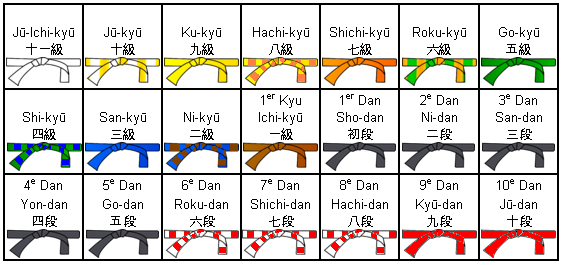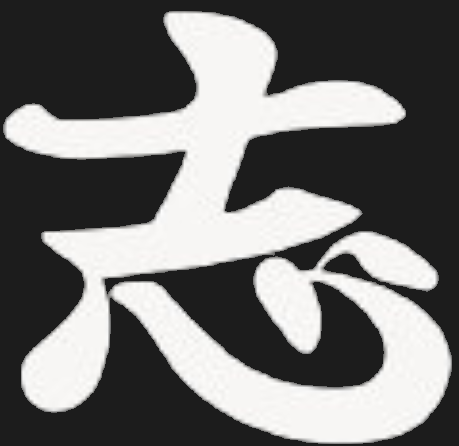During the early days of judo in the 1880s there were only two belt colors; white and black. Indeed, the more judokas practiced judo with the white belt, the belt gradually turned darker, into black.
The belt colors were introduced in England in the mid-1920s. In order of increased skills, the belts are white, yellow, orange, green, blue, brown and the familiar black. There are also additional grades to evaluate and reward junior judokas (white-yellow, yellow-orange, orange-green, green-blue, blue-brown).
For a belt to be awarded, the student must have attained the knowledge to assess the technical level, their effectiveness in combat, their level of seniority and their moral qualities. The belt colors from white to brown are called kyu. Kyu levels above are named dan (degree): 1st dan to 5th dan, and the belt is black, the 6th, 7th and 8th dan are represented by a belt broadband alternating red and white, the 9th and 10th dan by a red belt. After the red belt, there is a belt that has been achieved only by Jigoro Kano (posthumously); the wide white belt that represents the 11th an 12th.

